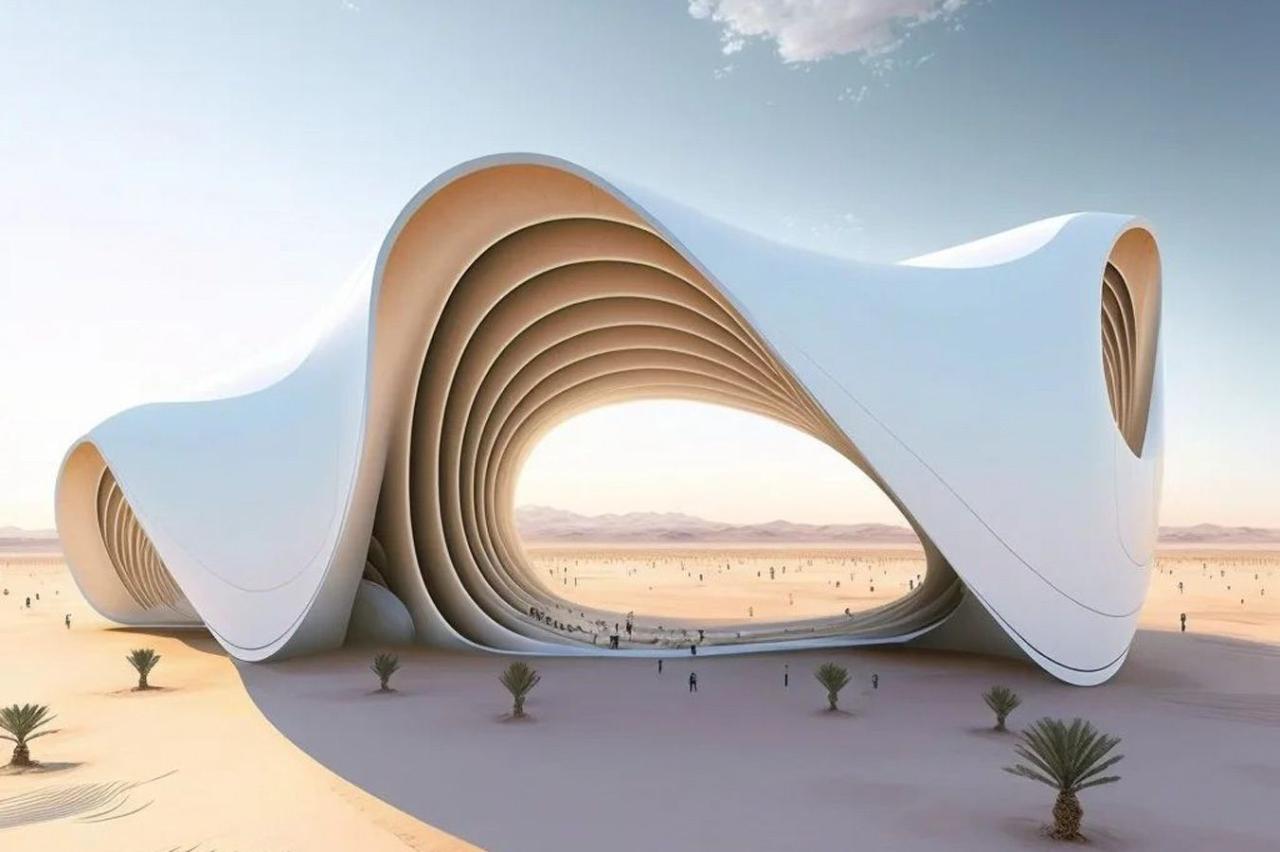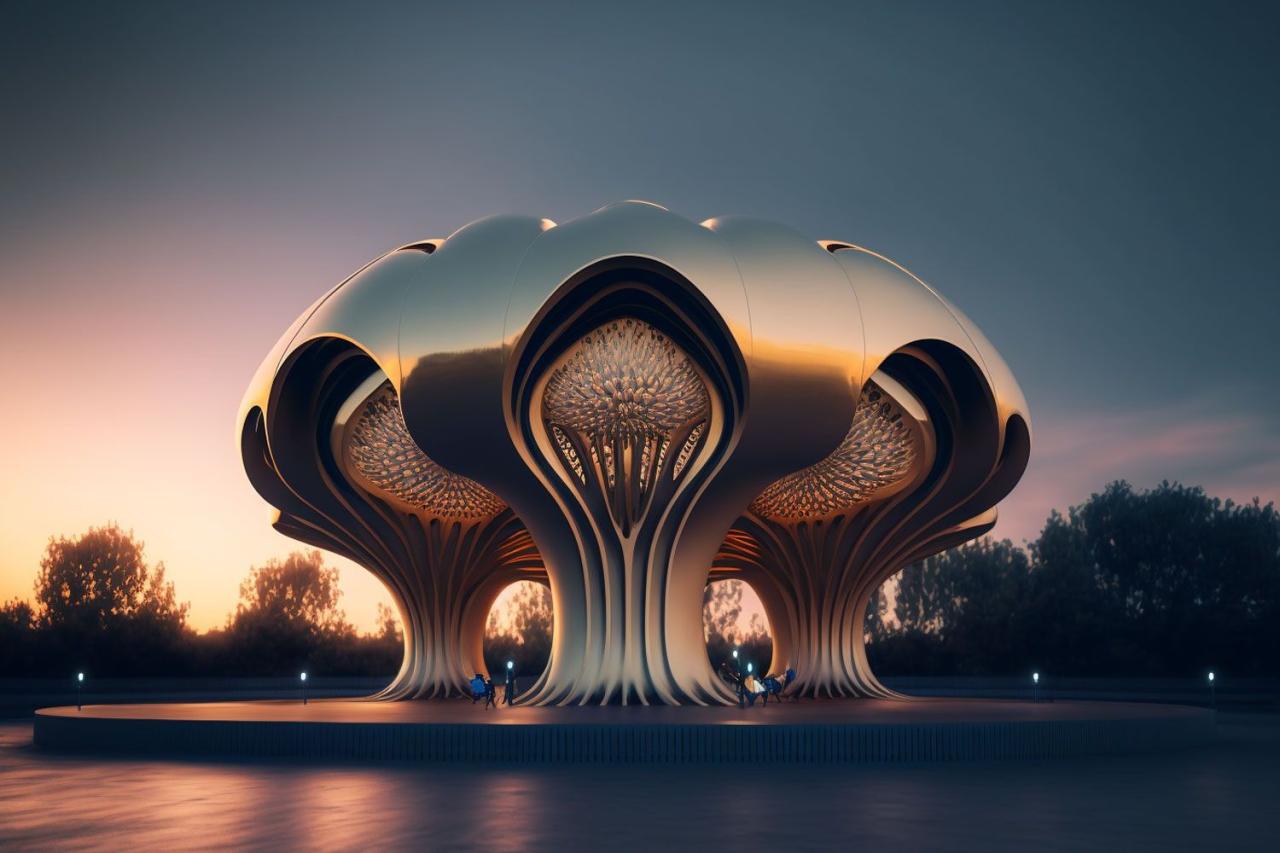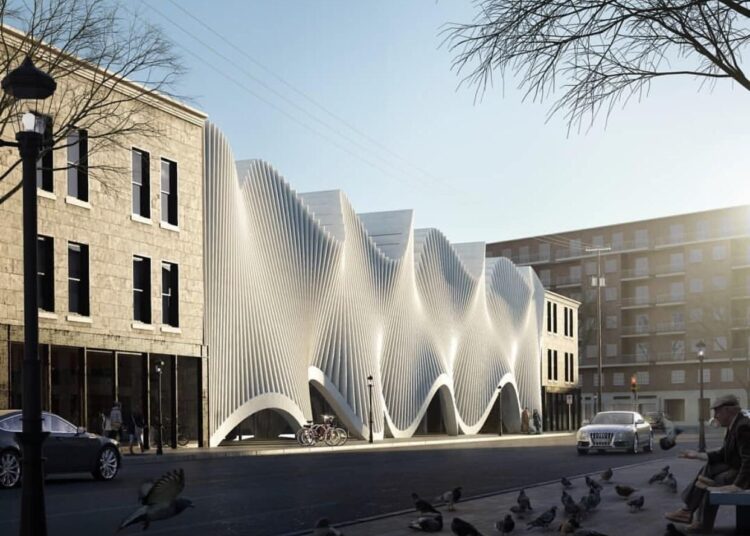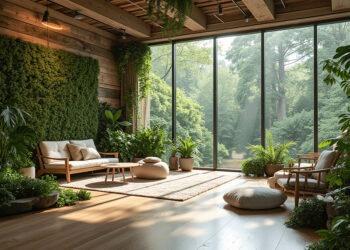Architecture is often seen as a static, rigid discipline, bound by the constraints of geometry and material. However, the rise of Parametric Architecture is fundamentally changing this perception, transforming building design from a fixed, drawing-board exercise into a dynamic, data-driven process. Parametricism, as it is sometimes called, is not a style but a methodology that utilizes algorithms and computational tools to define and manipulate design elements based on flexible, interlinked parameters. This allows architects to manage complexity, optimize performance, and explore design possibilities that were previously impossible to conceive, let alone construct. In an era where sustainability, structural efficiency, and seamless integration with smart technology are non-negotiable, parametric design is the ultimate imperative for shaping the future of the built environment.
This approach moves beyond simple 3D modeling. It creates a complex, interactive system where a change to one input parameter—such as solar angle, structural load, or wind resistance—automatically updates the entire design geometry. This real-time feedback loop allows for rapid iteration and precision tuning, ensuring that the resulting structure is not only visually striking but also ecologically and structurally optimized. For architecture firms, developers, and property owners, embracing parametric thinking is the key to delivering projects that are high-performing, cost-efficient, and uniquely resilient in the face of climate change and evolving human needs. The resulting buildings are not just structures; they are intelligent, adaptable systems born from the synergy of code and creativity.
A. The Computational Foundation of Parametric Design
The power of parametric architecture stems directly from its computational methodology. It replaces fixed drawings with dynamic, associative geometry, making design itself a highly optimized algorithm.
- Algorithmic Thinking: At its core, parametric design requires architects to think computationally. Instead of drawing a wall, they define the rules that govern the wall—its relationship to the sun path, its material density, and its response to internal heating loads. A. Associative Geometry: This is the foundational principle. All elements in the model (e.g., columns, panels, windows) are mathematically linked. Modifying the dimensions of a single column automatically adjusts the size and position of the floor plates and facade panels connected to it. B. The Role of Visual Programming: Tools like Grasshopper (for Rhino) and Dynamo (for Revit) allow designers to create complex algorithms without writing traditional code. They use a visual interface to connect nodes representing inputs (parameters), operators (functions), and outputs (geometry).
- Data-Driven Inputs: The parameters that drive the design are not arbitrary. They are often real-world data points that anchor the building in its environment and ensure optimal performance. C. Environmental Data: Inputs include solar radiation analysis, local wind patterns, ambient temperature fluctuations, and daylight factors. The facade’s geometry can be directly linked to shading requirements based on the sun’s path throughout the year. D. Structural and Material Data: Parameters include material strength, weight, cost, and structural load analysis. This ensures that the generated form is not just beautiful but also structurally viable and efficient in its use of material.
- Iterative Optimization: Traditional design is linear; parametric design is iterative. Architects can run hundreds of different design solutions, varying key parameters to achieve the highest performance score based on specific metrics (e.g., minimum energy consumption, maximum daylighting, or minimum material wastage).
B. Structural Efficiency and Material Optimization
One of the greatest benefits of parametric architecture is its ability to extract profound efficiency from complex designs, often leading to significant cost savings and reduced environmental impact.
- Complex Form Rationalization: Parametric tools allow architects to design free-form, organic, or non-standard geometries (like flowing roofs or twisting towers) that were prohibitively expensive or complex to build traditionally. The software automatically rationalizes these complex surfaces into manageable, repeatable component panels that can be prefabricated. A. Panelization and Tessellation: Algorithms can automatically divide a curved surface into flat or single-curved panels of optimal size, minimizing cutting waste and simplifying construction logistics. B. Material Reduction: By performing high-fidelity structural simulations early in the design phase, parametric models identify where material is truly needed and where it can be reduced without compromising safety, leading to leaner, lighter structures.
- Customization and Pre-fabrication: Parametric models provide the precise digital instructions needed for digital fabrication. The model can feed data directly to CNC (Computer Numerical Control) machines, 3D printers, and robotic assembly systems. C. Mass Customization: Each component of a building, such as a façade panel or a support bracket, can be uniquely shaped by the algorithm without increasing manufacturing costs significantly, enabling mass customization—a core feature of future construction. D. Reduced Construction Time: By generating fully detailed, constructible models, parametric design minimizes errors on site and maximizes the use of off-site pre-fabrication, dramatically accelerating the construction timeline.

C. Performance-Driven and Sustainable Design
Parametric architecture is intrinsically linked to sustainability, as the core methodology drives the design towards optimal environmental performance from the earliest stages.
- Energy Performance Simulation: Parametric tools enable architects to simulate and optimize a building’s energy consumption before it is built. A. Dynamic Shading Systems: Facades can be parametrically designed to have kinetic or static elements (fins, louvers) that adjust their angle based on the sun’s position and the time of day, minimizing solar heat gain and reducing the need for air conditioning. B. Natural Ventilation Optimization: Algorithms can simulate airflow through the building’s interior and automatically adjust window or vent placements to maximize natural ventilation, reducing reliance on mechanical systems.
- Material Life-Cycle Assessment (LCA): Sustainability is managed by integrating databases of material properties directly into the design parameters. C. Embodied Carbon Tracking: The model can track the estimated embodied carbon of every component, allowing the designer to make instant trade-offs between different materials to meet project-specific carbon reduction targets.
- Bioclimatic Adaptation: Parametric systems allow buildings to be specifically tailored to their local climate, moving beyond generic designs. A building in the desert will automatically optimize for maximum shade and thermal mass, while one in a cold climate will optimize for solar gain and insulation density.
D. Challenges and the Future of the Parametric Paradigm
Despite its immense potential, the parametric approach faces challenges related to complexity, cost, and the need for new skill sets.
- The Learning Curve and Skill Gap: Parametric tools require a steep learning curve. Architects must become proficient in computational thinking and visual programming, necessitating a fundamental overhaul of traditional architectural education. A. Initial Investment: The initial investment in software, training, and specialized computational consultants can be significant, particularly for smaller firms.
- Collaboration Complexity: The high level of complexity in parametric models can make collaboration difficult if all parties (architects, engineers, contractors) are not working with compatible software and shared, dynamic models (BIM).
- Risk of Aesthetic Over-Prioritization: There is a risk that the focus on complex, digitally generated forms can sometimes overshadow human needs, context, or cost-effectiveness if the parameters are not carefully guided by holistic design intent.

The future of parametric architecture is tied to its deeper integration with other cutting-edge technologies:
- Generative Design: The evolution beyond simple parametric modeling where the AI, given the performance goals (parameters), autonomously generates the optimal geometry rather than relying solely on the architect to define the initial rules.
- Robotic Construction: Parametric models will feed instructions directly into robotic construction systems, allowing robots to assemble complex, customized components on site with minimal human intervention, further increasing precision and reducing labor costs.
- Digital Twins and Real-Time Feedback: The completed parametric model will serve as the digital twin of the physical building, allowing the building to self-diagnose and optimize its performance in real-time, completing the feedback loop between design and operation.
- Augmented Reality (AR) in Construction: AR tools will allow construction workers on site to overlay the complex parametric model onto the physical world, guiding the precise placement of non-standardized components and reducing errors inherent in complex geometries.
In conclusion, Parametric Architecture is transforming the built environment from static structures into dynamic, intelligent systems. By embracing algorithms, data-driven optimization, and complex geometry, designers are creating buildings that are superior in structural efficiency, environmental performance, and aesthetic complexity. This methodology is not just shaping the form of future buildings but is driving a much-needed transformation toward a more sustainable, resilient, and computationally rigorous construction industry.







